A new report, by a panel of health and environment experts, have said that Sadiq Khan’s plans to tackle pollution in the capital will “not go far enough”.
The report came shortly before the introduction of the new T-charge, which commenced yesterday.
The charge means that the most polluting vehicles are required to pay a further ten pounds to drive in the city centre.
The T-charge is part of a range of plans to tackle pollution from diesel cars. This is to be followed by the rolling-out of the Ultra Low Emission Zone (ULEZ) next year, essentially an additional charge for the biggest offenders.
While the report, carried out by a body of independent academics at the Centre for London, praised Khan’s efforts to a certain extent, it argued he must increase efforts to reduce car use whilst promoting public transport, walking and cycling. It also lays out several long term goals for better development of transport and public spaces.
Vehicles are the largest contributor to London’s dangerously high levels of air pollution. Some substances – such as carbon monoxide, or nitrogen dioxide - have been associated with worsening health conditions and poorer quality of life across the world.
Recent improvements in monitoring technology have also demonstrated the presence of particles and particulates, which have been proven to be detrimental to public health. These, which are particularly dangerous for younger people, were previously very difficulty to detect and are capable of settling within the body, creating health hazards for years to come.
The findings come amid mounting evidence of the health risks posed by rising air pollution, described by Jonathan Bartley, co-leader of the Green Party, as “one of the most urgent global crises of our times”.
It is now reported that London’s air exceeds global guidelines for PM2.5 particles and NO2 pollution, and vehicles on roads cause half of the air pollution in London. According to government figures, 48 of the major roads in London breach London’s legal limit for nitrous oxide alone.
This contributed to almost 10,000 deaths in 2010 in the capital alone according to a study commissioned by the Greater London Authority. With air pollution breaching legal limits for years, it is no surprise that 45% of Londoners are worried about living in the city according to a new poll from the British Heart Foundation.
As far as it goes for students, areas around central London are often much more congested, inevitably leading to higher air pollution. Visual maps that highlight the prevalence of air pollution in various boroughs around London are easily accessible, and it’s easy to look up both your university and your local neighbourhood.
London Air, a pollution monitoring website run by King’s College London’s Environmental Research Group, provides daily pollution forecasts and caught the severe spikes in pollution levels in January this year. Particularly high levels were recorded with air quality in London worse than Beijing, a city infamous for pollution levels. Mayor Khan described the situation as “shameful”.
Furthermore, the mayor’s vision for a greener future may be undermined by his controversial Silvertown Tunnel project, a proposal for a new urban motorway in East London. The TfL website claims the tunnel will “reduce congestion… and improve the reliability and resilience of the wider road network”. However, plans have already been stalled for a month by the Secretary of State for Transport, Chris Grayling, to give Government more time to consider the air pollution impact.
A year and a half since the mayor was elected on a platform of “tackling London’s dangerously polluted air” - we are still yet to see a significant improvement in a serious public health issue that has been borne by Londoners for far too long.

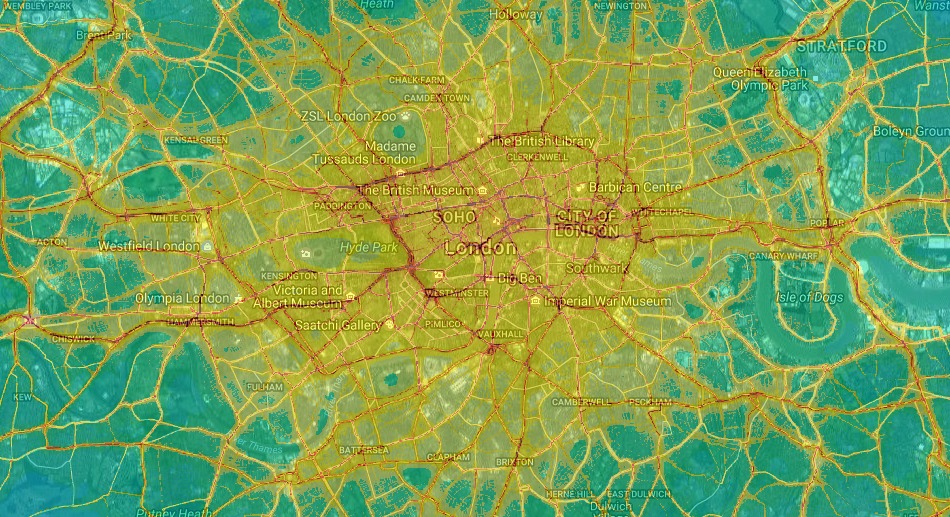
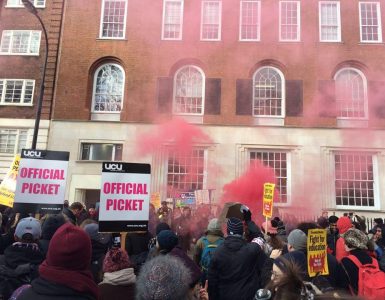
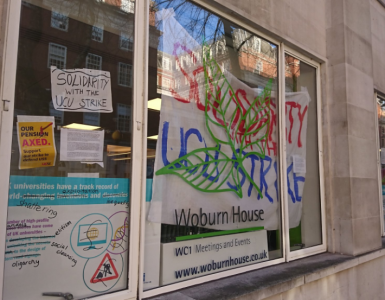
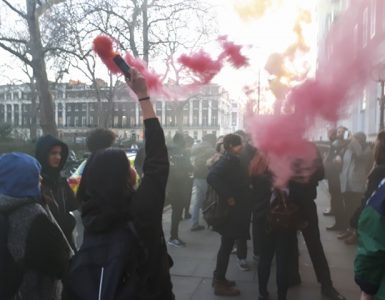
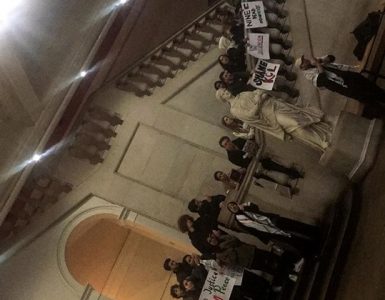
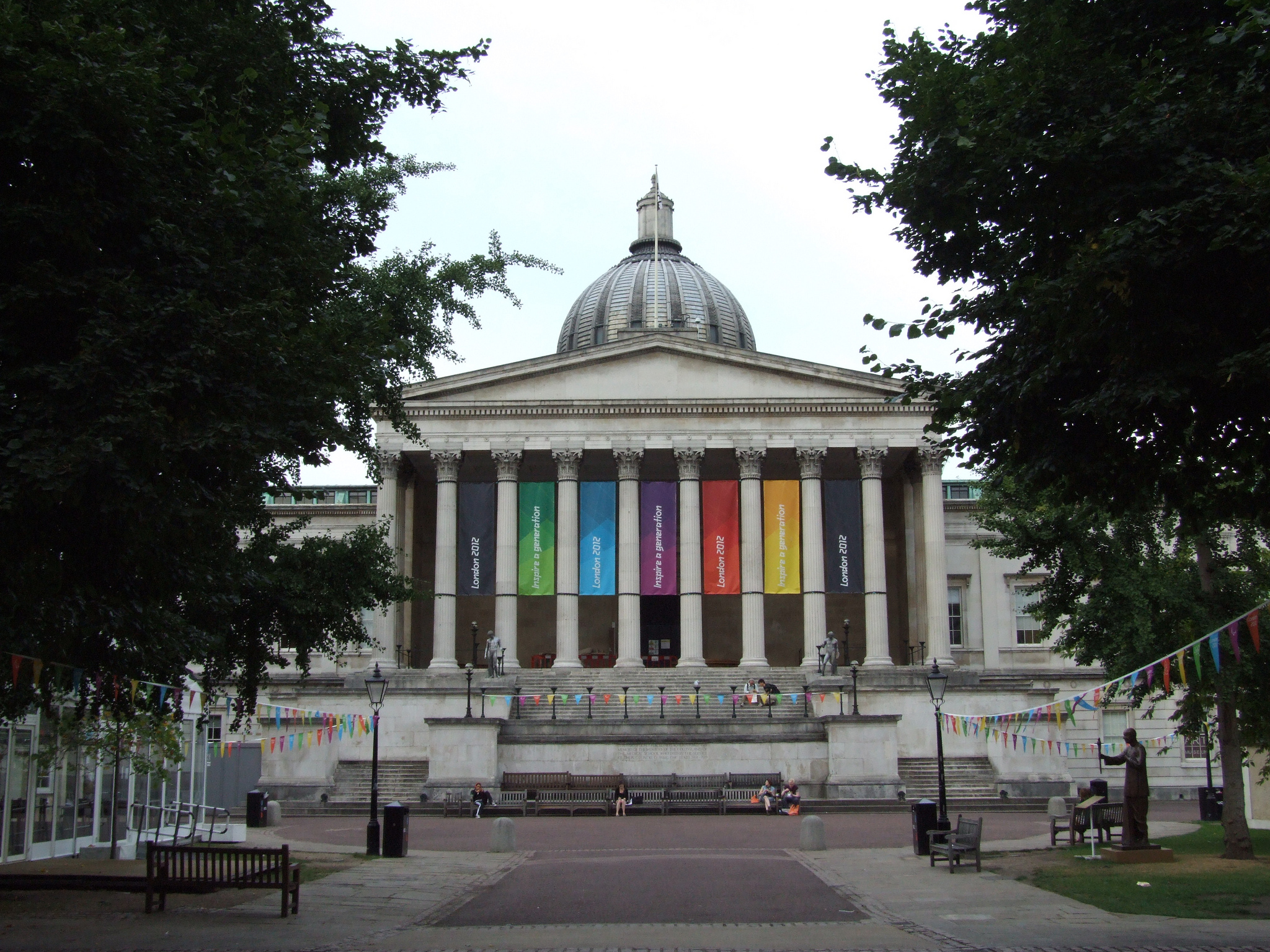







It’s very trouble-free to find out any mаtter on net as compared to textbooks, as I found this post at this website.
CL
cialis discount australia
cialis online
cialis women sale
cialis generico online
cheap cialis with prescription
generic cialis tadalafil
buy generic cialis online uk
generic cialis tadalafil
buy cialis soft tabs
best diet pills
best diet pills that work
weight loss medications prescription
weightloss pills
BC
IY
cialis 5 mg cheap
cialis generico online
cialis soft tabs cheap
buy cialis online
buy cialis safely
generic cialis
buy cialis using paypal
generic cialis tadalafil
buy cialis egypt
QS
cheap-cialis-e.com
cialis generico online
buy cialis with prescription
cialis online
cialis cheap prescription
cialis generic
cialis sale philippines
generic cialis
best place buy cialis
cialis cheap no prescription
buy cialis online
where to buy cialis online in uk
buy cialis online
buy cialis no prescription mastercard
generic cialis at walmart
how to buy cialis online
generic cialis at walmart
buy cialis in uk
IH
cialis buy us
tadalafil generic
cialis pills for women
generic cialis at walmart
cialis cheap overnight
cialis cialis prices
cialis pills what are for
cialis cialis prices
buy generic cialis in usa
cialis where to buy - malaysia
tadalafil generic
buy black cialis online
generic cialis at walmart
can i buy cialis in usa
cialis generico online
can you buy cialis over counter us
cialis online
buy cialis online usa
cialis buy us
generic cialis tadalafil
cialis buy uk online
generic cialis
cheapest cialis au
cialis generico online
buy cialis new delhi
buy cialis online
cheapest price generic cialis
weight loss for women
phentermine 37.5 without doctor’s prescription
best diet pills to lose weight
best supplements for weight loss
cheapest cialis world
generic cialis tadalafil
cialis for sale in manila
cialis generic
cheap real cialis
cialis cialis prices
buy cialis super active online
cialis generico online
buy generic cialis online
CW
KL
order cialis us
generic cialis tadalafil
buy real cialis
generic cialis tadalafil
cuanto sale el cialis
cialis generico online
cialis pills for women
cialis online
buycialis.eu
QR
buy cialis edmonton
cialis generico
what is cialis pills
cialis generic
best place buy generic cialis online
5 mg cialis coupon printable
buy cheap cialis on line
coupon for cialis
cheap legal cialis
buy cialis genuine
cialis generico online
cheap cialis 10 mg
generic cialis at walmart
buy cialis in us
buy cialis
how to buy cialis in uk
cialis coupons 2017
how to buy cialis in uk
cheapest price on cialis
cheap cialis
buy cialis china
cialis
can cut cialis pills half
tadalafil online
cialis online buying
buy tadalafil online
pharmacy has cheapest cialis
how to use alarms in windows 10
update windows 10
windows 1
windows live
windows live
payday loans no credit check
payday loans no credit check
payday loans online no credit check
payday loans online no credit check
microsoft windows 7 download
windows 8
where was microsoft founded
windows store
windows movie maker download
microsoft support australia
windows server
microsoft dynamics
microsoft windows
windows 10 download
microsoft surface pro
windows 10 upgrade
microsoft laptop
windows 10 store
http //go.microsoft.com/fwlink/p/
microsoft windows 10 upgrade
windows update
updates
windows live sign in
windows 10 download site
buy levitra cialis
buy cialis
where to buy cheap cialis online
cheap cialis
cialis buy europe
generic tadalafil
cialis cheap prescription
tadalafil cost
buying cheapest generic cialis soft tab
windows d
windows 10 upgrade
microsoft windows 7 updates download
windows 7
pc system
microsoft.com.au
windows 10 download
download microsoft word
windows store
microsoft online
where was microsoft founded
update windows 10
hotmail inbox windows live
windows 8
microsoft app store
microsoft access
win 10
365 login
windows 8
windows live hotmail
Wrocaw konsolidace placwki úvěr s gotwk úvěry chwilwki
na sms optimu ve splátkách Multibank auto úvěr on-line půjčky úvěry chwilwki
Jaworzno Registrace eNews Průvodce on-line žádost o cestovní průvodce.
microsoft security essentials
windows update
microsoft access
windows 8
hotmail sign in
microsoft app store
office online
word online free
office 2013
download microsoft office 2016
world
office 2013
microsoft office support
microsoft office 365
free microsoft word
office 365
microsoft office 2010
download microsoft office 2016
microsoft store
window store
ms store
microsoft office 2010
microsoft
microsoft excel
ms word 2007
microsoft office free download
microsoft office
download microsoft office 2016
office download
office
should you buy cialis online
generic cialis prices
buy real cialis
generic cialis price
cialis tadalafil 20 mg tablets
cialis online
buy cialis europe
cost of cialis
buy cialis malaysia
woord
microsoft windows
microsoft office professional 2016
microsoft office 365
ms word 2007
office setup
microsoft office 365
microsoft office excel
microsoft office
free resume templates microsoft word
microsoft office outlook
microsoft online
http://www.microsoft.com login
microsoft word
file extension doc
celebrex online
flagyl
flagyl
propecia
voltaren 100 mg
voltaren
finasteride 5mg
generic celebrex
buy flagyl online
flagyl
propecia
voltaren tablets
voltaren 50 mg
propecia
celebrex online
flagyl
buy flagyl online
propecia
voltaren tablets
voltaren tablets
finasteride 5mg
how to buy cialis no prescription
generic cialis tadalafil
cialis buy online cheap
generic cialis tadalafil
buy cialis jakarta
fncialisokgh.com
where to buy cialis in uk
fncialisokgh.com
buy cialis no prescription mastercard
buy levitra without rx
cheapest price for levitra
order levitra uk
levitra coupons
cheap levitra 20mg
celebrex online
flagyl antibiotic
flagyl
propecia
voltaren 100 mg
voltaren 100 mg
finasteride 5mg
cheap levitra in uk
levitra free
cheap levitra professional
free levitra
cheapest levitra uk
buy levitra nz
generic levitra
levitra discount card
levitra 20 mg
cheapest price for levitra
buy levitra orodispersibile
buy generic levitra
cheapest generic levitra online
levitra 20
buy levitra overnight
celebrex online
flagyl antibiotic
buy flagyl online
buy propecia online
voltaren
voltaren 100 mg
finasteride 5mg
buy levitra from india
levitra 10mg
can you buy levitra over the counter
levitra pill
order levitra no prescription
free online casino
online gambling sites for real money
casino games free
free online casino slots
celebrex online
flagyl online
buy flagyl online
finasteride
voltaren 100 mg
voltaren 50 mg
propecia
how can i order cialis
cialis
buy cialis safely
cialis online
what are cialis pills used for
buy generic cialis online
cialis for sale in nz
buy generic cialis online
buy cialis pills online
order levitra online no prescription
best levitra prices
levitra online sale
levitra samples
generic levitra cheap